I use PGSQL and try add the index below.
CREATE UNIQUE INDEX fk_client ON user_client (fk_client) WHERE fk_client NOT IN(SELECT fk_client FROM legal_entity);
But ... It is not possible, because there is allowed run a sub query in the creation of an index.
I get the following error:
ERROR: cannot use subquery in index predicate
Is there any way to solve this problem?

The above model Represents the situation of the case.
- The client Can Be either an ordinary person, or a company
- If an ordinary person is, she will not have FK in "legal_entity" table.
- If an ordinary person is, she Should only one record in "user_client" table.
With index does not, but is there any way to solve this problem?...
Script generate tables:
-- user is a special word, then renamed to users
CREATE TABLE users (
id_user INT,
name VARCHAR(50) NOT NULL,
CONSTRAINT user_pkey PRIMARY KEY (id_user)
);
CREATE TABLE client (
id_client INT,
CONSTRAINT client_pkey PRIMARY KEY (id_client)
);
CREATE TABLE legal_entity (
fk_client INT,
federal_id VARCHAR(14) NOT NULL,
CONSTRAINT legal_entity_pkey PRIMARY KEY (fk_client),
CONSTRAINT legal_entity_fkey FOREIGN KEY (fk_client) REFERENCES client (id_client)
);
CREATE TABLE user_client (
fk_client INT,
fk_user INT,
CONSTRAINT user_client_pkey PRIMARY KEY (fk_client, fk_user),
CONSTRAINT user_client_fkey_1 FOREIGN KEY (fk_client) REFERENCES client (id_client),
CONSTRAINT user_client_fkey_2 FOREIGN KEY (fk_user) REFERENCES users (id_user)
);